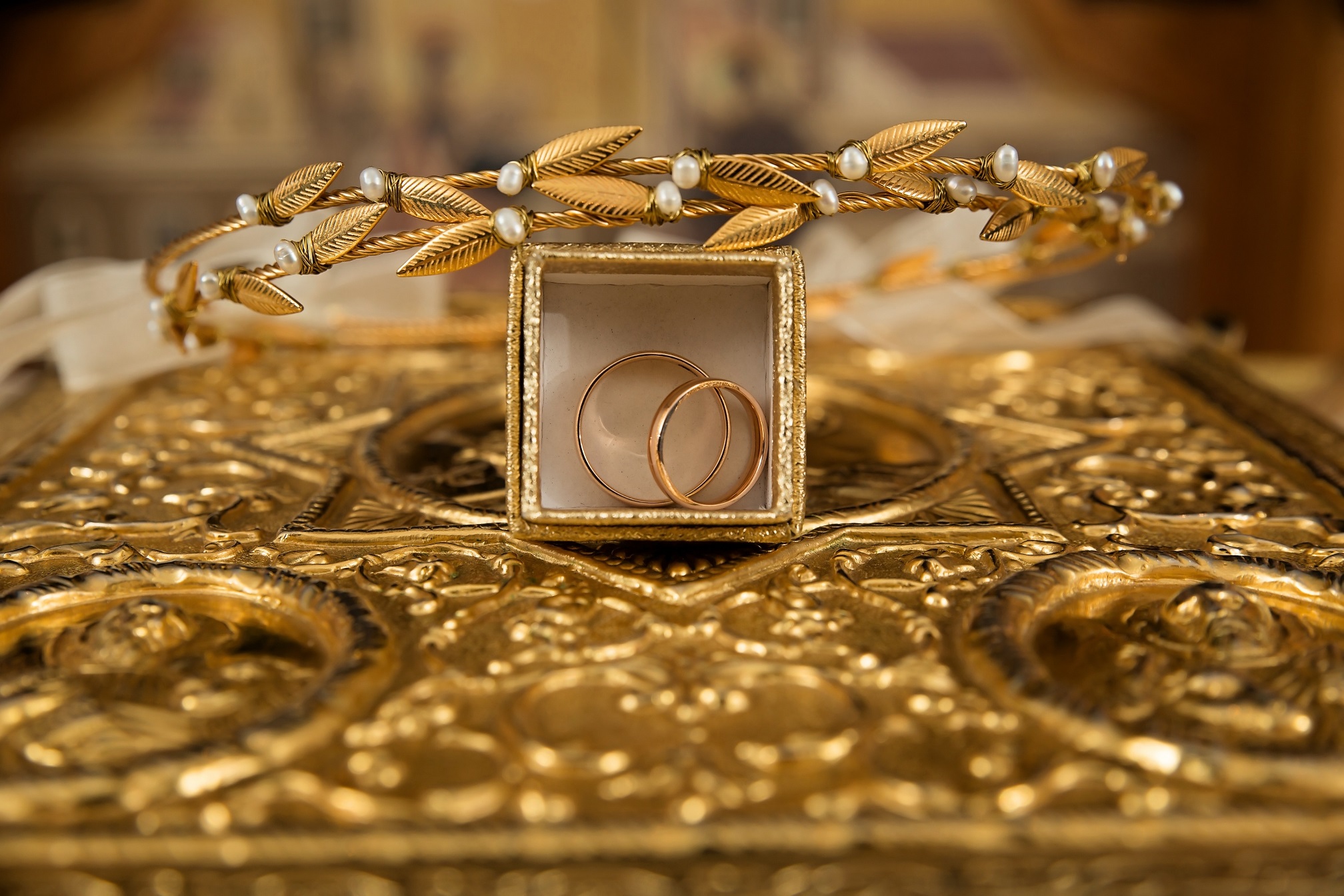
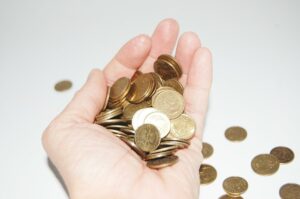 You’ve just come into some gold. Maybe someone gifted it to you, maybe you just purchased it, or maybe it has just been in your family forever. No matter where you got it from, it looks like gold.
You’ve just come into some gold. Maybe someone gifted it to you, maybe you just purchased it, or maybe it has just been in your family forever. No matter where you got it from, it looks like gold.
But is it?
It’s understandable that you may have questions about just how gold your gold is. Is it actually real gold? How pure is it? How much does it weigh? After all, this information is pertinent to the value of whatever gold pieces you might be holding and you would be right to ask these questions.
Finding the answers to your questions is easy.
Of course many of these methods are more about helping you rule out gold as immediately fake. But if it seems to pass these tests, you should still have your gold professional tested before making a large private purchase or otherwise engaging in a gold transaction.
There are a number of ways to test gold. Some of them can even be done at home. The methods all obviously vary in accuracy and convenience, but here are a few ways to see if what you’ve got is valuable.
Rub It Against Your Skin
A simple enough test to do right away is to rub gold against your skin. If there is a blue, green, or purple discoloration on the piece of gold, this means that it was oxidized, which only happens in imitation pieces. As long as you don’t have any makeup or foundation on your skin, this method is a good indication as to the quality of your gold.
Scratch It
The Scratch Test is a slightly more accurate method that is still relatively easy to do. Get a piece of tile or ceramic and use it to scratch the piece of gold you want to test — just make sure you are scratching a spot that won’t damage the piece. If the tile/ceramic leaves a black or dark mark, then sorry. That’s not real gold.
Magnets!
If you have a strong enough magnet available at home, you can also use that to test gold.
The premise is simple: gold is not magnetic. If any “gold” piece gets attracted to the magnet, it’s not gold. But do note that if it doesn’t get attracted, it does not mean that the piece you have is gold — there are numerous other metals that are also non-magnetic. Magnets can be used to quickly determine fake gold, but to actually verify it’s authenticity, you’ll need to use some other method.
The Float Test
Simple, straightforward. Get a glass of water, drop your piece of gold in it and see if it floats. If it does, then it’s not real gold. If it goes straight to the bottom or hangs above the bottom of the glass, it’s more likely that you are holding a piece of real gold in your hands. Again, this is a method that will help you identify obviously fake pieces of gold but will not 100% verify that what you are holding in your hand is indeed real gold. For that, you’ll need additional testing.
 Test The Weight and Density
Test The Weight and Density
Have you heard the story of Archimedes?
If you haven’t, the story goes that Archimedes was tasked with proving that the king’s crown was actually made with real gold. After some thinking, he realized that real gold was heavier than other metals that could be substituted for it. He submerged the crown in a tub filled to the brim with water and measured how much spilled over to determine that the crown was not made entirely with gold.
If you are mathematically minded, or simply have the time for some science, you can apply Archimedes’ principle. Simply weigh your piece, check the volume of water that it displaces when submerged in water (a beaker works best), and calculate its density. If it is close to 19.3 grams for every milliliter (or a percentage of it, depending on the declared purity), then you have a real gold piece.
Use Nitric Acid
Along with platinum and silver, gold is a noble metal. Metals of this group are resistant to acid; where other metals melt when exposed to acid, gold does not. This makes the use of acid an easy way to weed out fake gold.
Of course, getting your hands on nitric acid isn’t exactly easy. But if you have either drain cleaner or a descaler at home, that’ll do just fine. Make a small scratch on the piece and pour the nitric acid on it. If it turns milky white or green, then you’ve got fake gold on your hands.
However, before you go ahead and pour acid on your jewelry, please do be aware that you could do lasting damage to the piece if it is not real gold, or has components made of other materials than gold.
The Vinegar Test
If you don’t have access to nitric acid (who does?) and also don’t have a drain cleaner or descaler at home, you can use vinegar instead. The idea is the same — make a scratch, add vinegar, see if it reacts. If it reacts, it’s gold, otherwise, it’s fake.
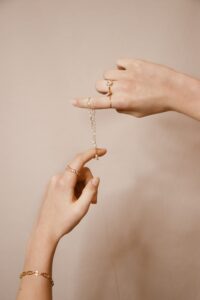 The Gold Purity Stamp
The Gold Purity Stamp
In almost all cases, real gold is stamped with an indication of its purity.
You can use a magnifying glass and try to look for such a stamp. There may also be other stamps: letter markings indicating whether the piece is gold-plated (GP), gold-filled (GF), or gold-electroplated (GE), which means that they have a very small percentage of gold.
You may also find a number that represents the purity of the gold. The numbers generally represent the percentage of gold in the piece. A few of the common ones include:
For more information on gold purity and it’s value, take a look at our gold purity article here.
Of all the methods we’ve looked at so far, this is the most accurate way to tell the purity of the real gold. In most cases involving estate jewelry or old gold that has been passed down from your family for decades, you can be pretty sure about the legitimacy of the purity markings. However, for more modern pieces, purity markings can be faked, and it would be wise to run further tests or have your piece of gold professionally assessed.
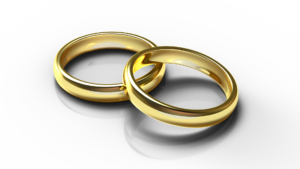 Gold Testing Kits
Gold Testing Kits
If you want a method that is both DIY and also quite accurate, you can always buy yourself a gold testing kit. You will need to invest a little time and money, but these tests are about as accurate as you can get when you are testing gold at home.
When it comes down to it, these testing kits are very similar to the scratch tests we looked at earlier. Of course, they aren’t the same, but these tests will look for reactions of your gold (or not gold or partial gold) pieces against a variety of different fluids. Certain fluids will only react to certain levels of purity, and by using the process of elimination you can determine what the purity of your gold pieces are.
For anyone who is scientifically minded, this is a great way to test the purity of gold. But as always, in situations where you want to buy or sell gold, you’d best leave the testing to professionals.
Use A Metal Analyzer
Ultimately, the most reliable way to check whether a piece of gold is real or not is to use a specifically designed metal analyzer.
The XRF spectrometer, for instance, is an x-ray instrument that can identify the chemical makeup of a substance by measuring the secondary x-ray it emits after being subjected to a primary x-ray beam. Such a tool allows us to easily separate genuine pieces from the fakes without causing any damage to the gold. It also tells you the exact purity of the gold in just a couple seconds.
At Cash for Gold Mailer, this is the method we use to determine the purity of your gold. No guesswork or inaccuracy — we’ll know exactly how gold your gold is, how pure your gold is, and how much it is worth. A scientific method like this is the most foolproof way to accurately measure the purity and authenticity of a piece of gold. The other methods available are enough to root out the obvious fakes, but they don’t really give you anything solid beyond that.
Of course, buying a gold analyzer is not feasible for everyone (most basic options start at around $20,000), so by taking your gold to a jeweler or a reliable gold service like Cash for Gold Mailer, you can get your gold tested for free. If you are of a mind to sell your gold, we will also provide you with a no obligation offer.
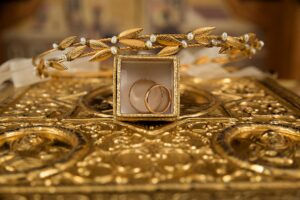 All That Glitters Is Not Gold
All That Glitters Is Not Gold
Gold remains one of the most valuable metals in the world, and due to its popularity and value, it is also a prime target for counterfeiters and conmen. If you want to invest in gold or even buy gold jewelry for personal use, you would be wise to make sure that what you are buying is indeed real gold.
For a start, make sure that you are always buying from reputable companies and beyond that, get your gold professionally tested and evaluated by a reliable company to ensure its authenticity.
Give us a call at (888) 733-8806 today! Our professional team at Cash for Gold Mailer will educate you on the pricing process, describe to you in detail what you have and why we priced it the way we did, and make you a cash offer for your valuables. Even if you aren’t selling to us, you can have the peace of mind that what you’ve got is real gold.
Or, just request a free gold mailer and get a valuation and offer in as little as 24 hours!
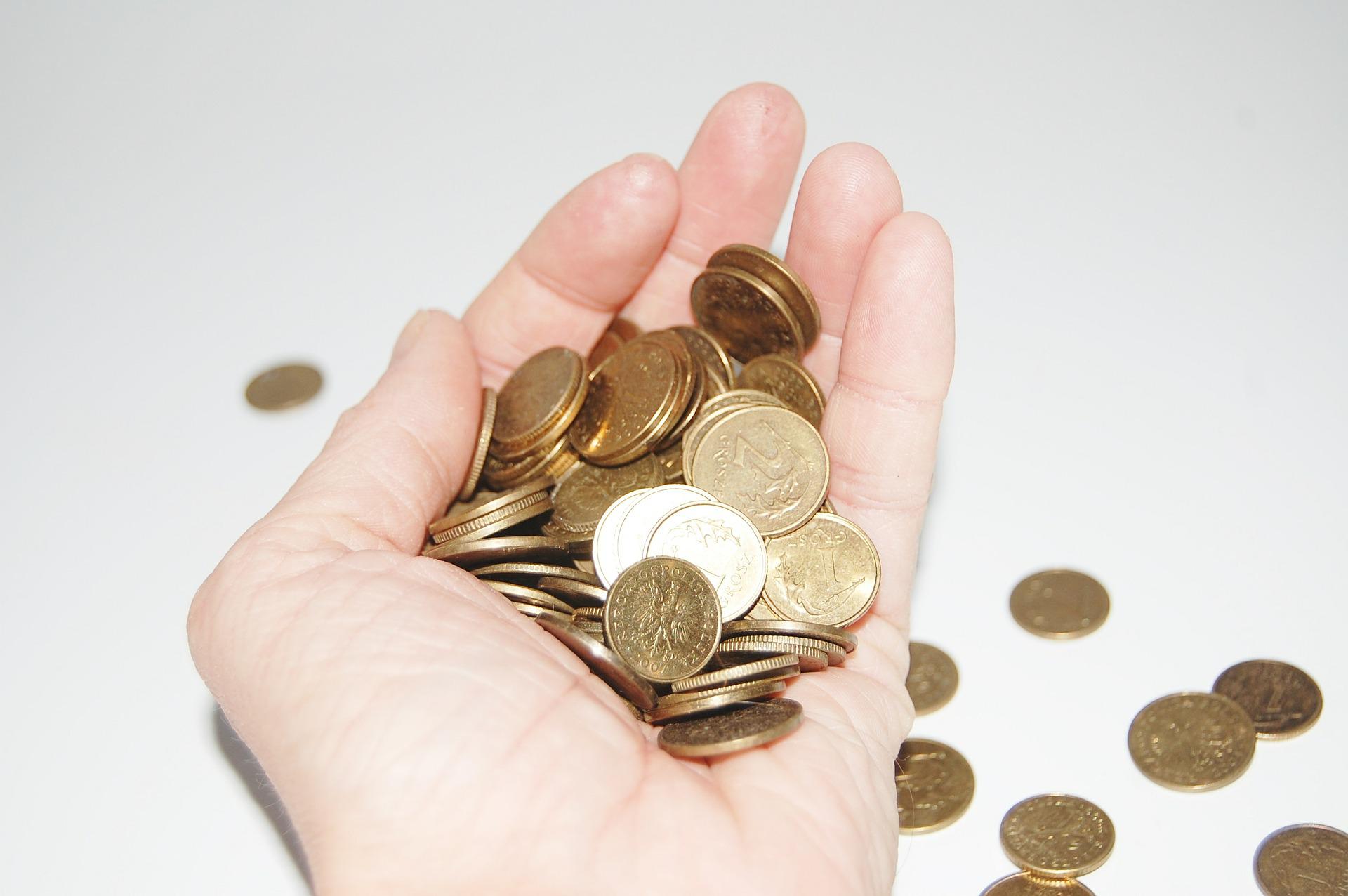

POSTED IN: Gold Float Test, Gold Magnetism, Gold Nitric Acid Test, Gold Purities, Gold Purity Stamps, Gold Scratch Test, Gold Testing, Gold Vinegar Test, Metal Analyzer, Value of Gold
By submitting your information you agree to our
Privacy
Policy and Terms and Conditions.


